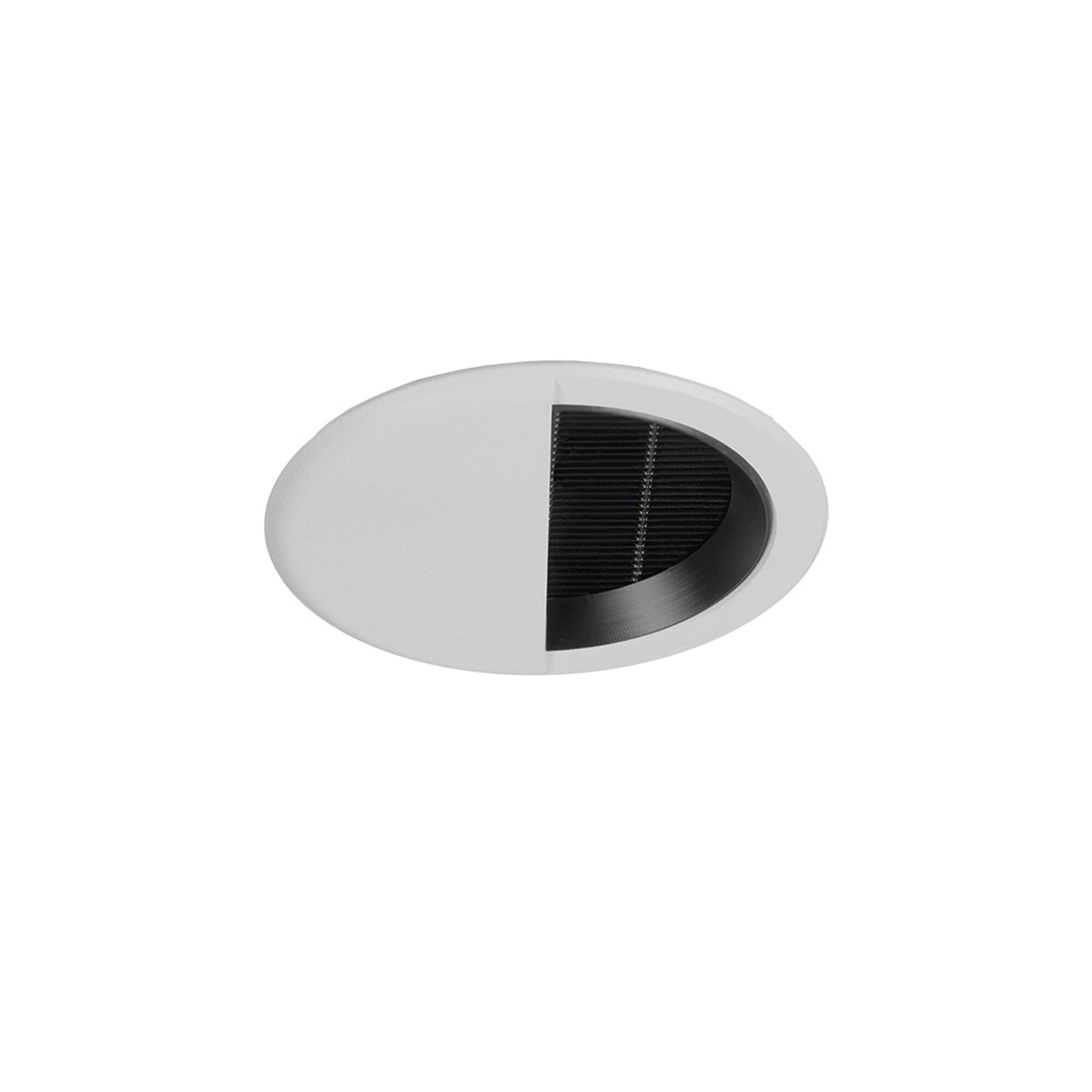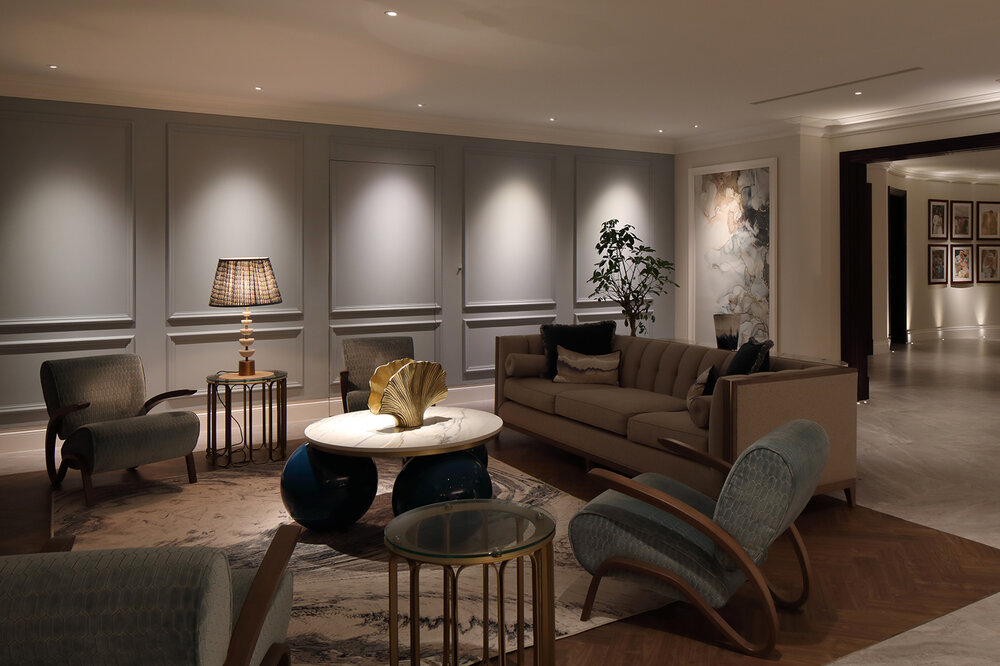
HOW TO LIGHT ARTWORK
Tips & Techniques








Products to light art























